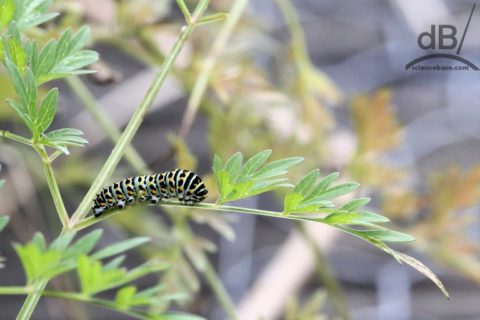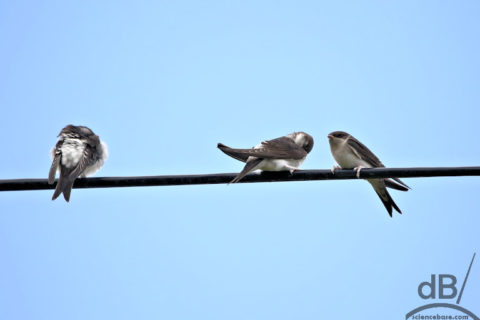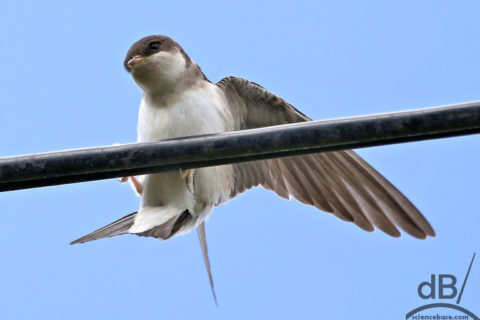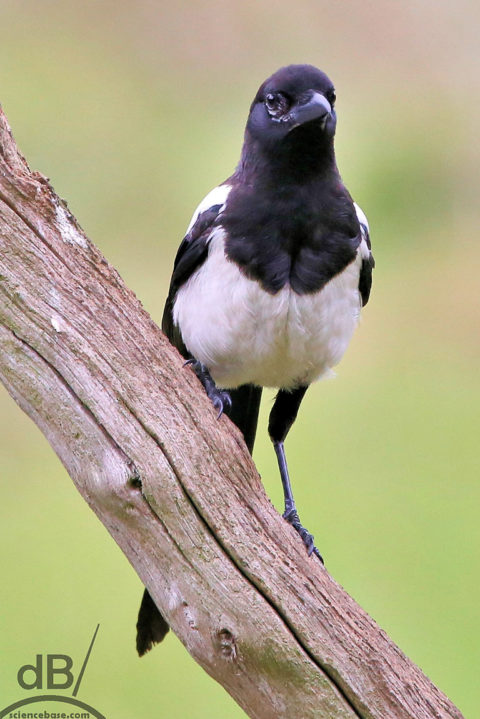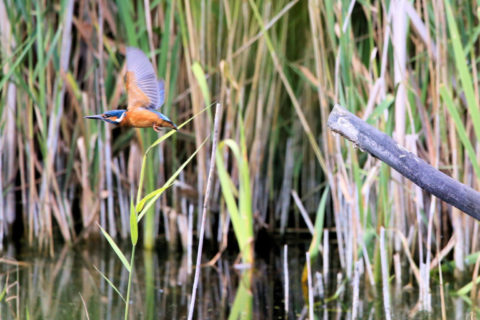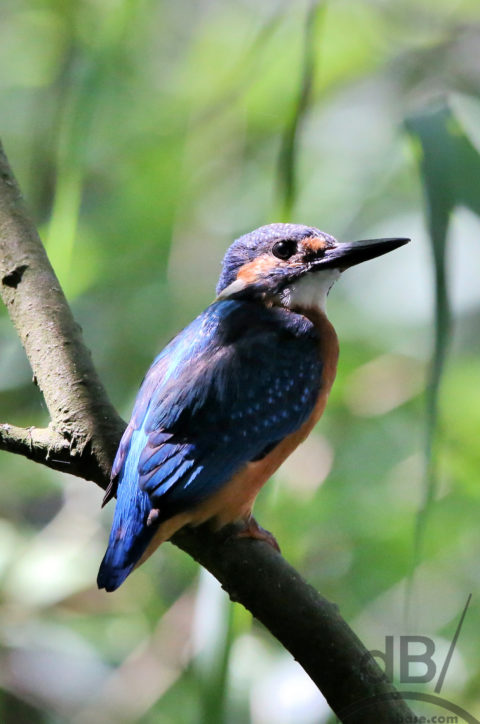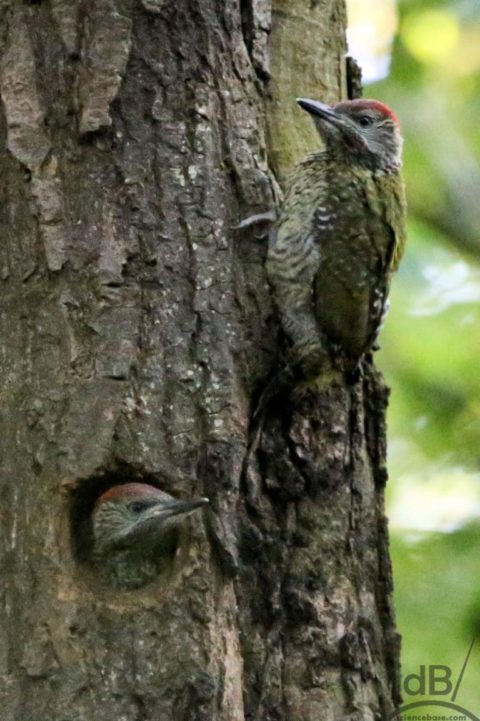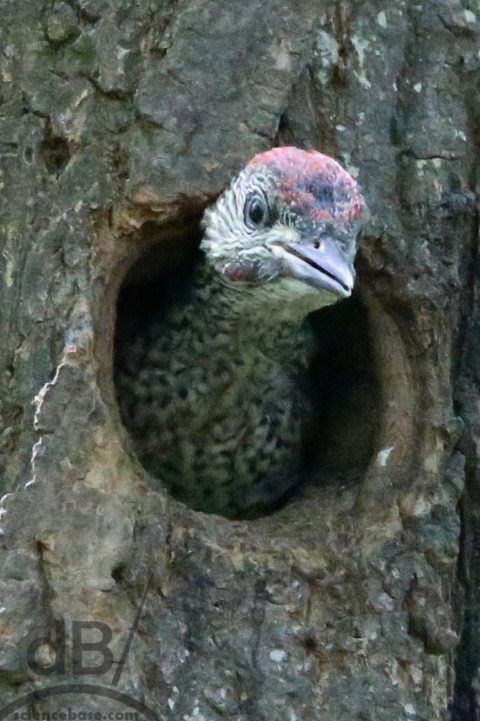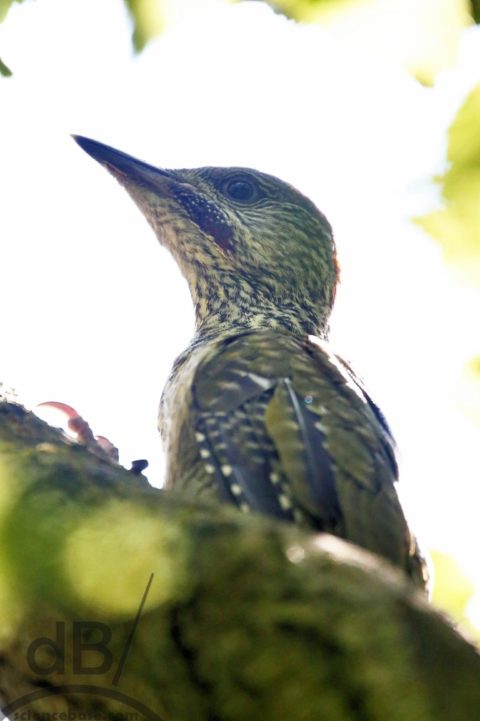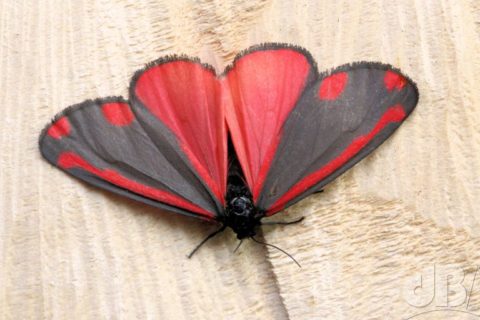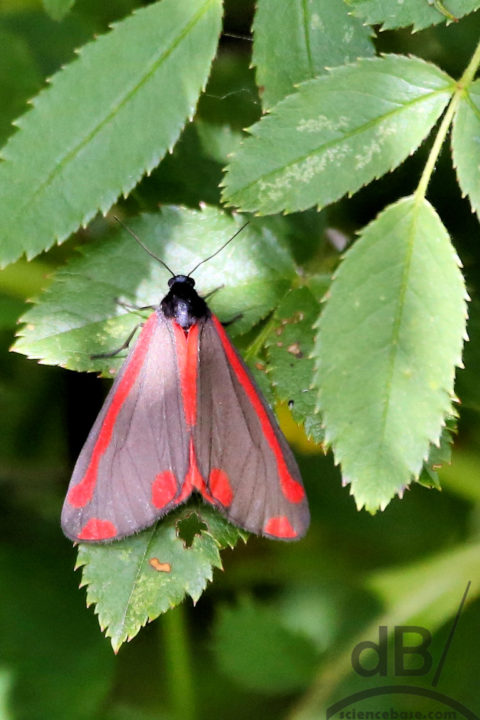Heading home from a camping trip in North Norfolk, we had vague plans to visit an RSPB reserve in the area but sidled up to the second largest of the broads, Barton Broad in Barton Turf. The broad was apparently only accessible by boat until 2003 (when a boardwalk was piled and constructed to get you to a viewing platform) and is alleged to have been a splashing ground of local boy Horatio Nelson. It was acquired by Norfolk Wildlife Trust in 1945.
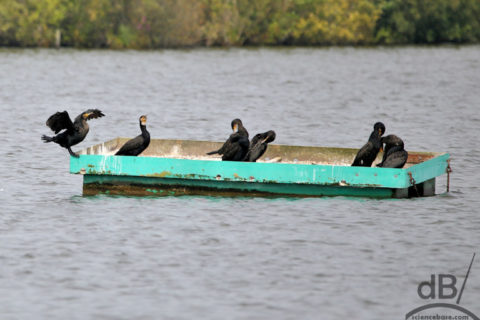
From the viewing platform in late August 2017, cormorants winging it on pontoons, lots of great crested grebes and a few gulls, roach with their red fins in the water, but more intriguing a couple of swallowtail caterpillars on the milk parsley readying themselves for pupation at the foot of the reeds where they will overwinter and emerge next Spring.
Also sighted a couple of reed warblers and various dragonflies, and an orange flower that seemed quite whitespread in the darkest recesses of the area surrounded by the Herons’ Carr Boardwalk, Facebook friends identified it as an invasive species, orange jewelweed (Impatiens capensis).

Earlier in the trip sandmartins and lots of cormorants on the North Norfolk coast, at least one meadow pipit with a mouthful of crickets and dragonflies and an exotic-looking sycamore moth caterpillar in the less exotic Mundesley car park, oh, and a somewhat exotic alpaca farm (all females, apparently).

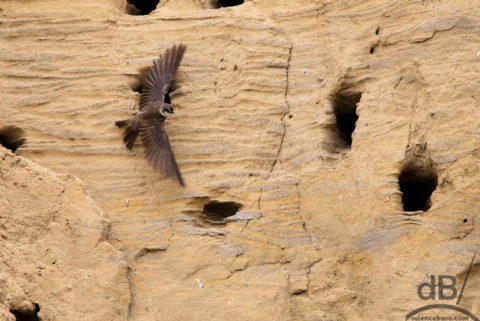
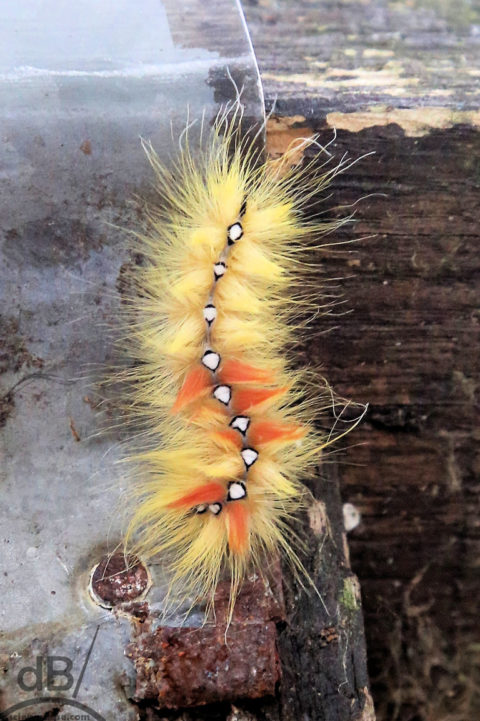
You can check out various other arty farty fotos from our most recent trip to Norfolk on my Flickr page.
